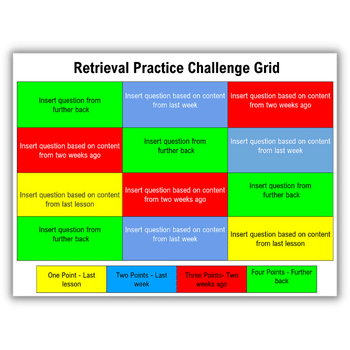Whole class feedback – Use it to track past errors and chart a path to better outcomes

It’s not always easy to identify the causes of students’ writing difficulties, but that’s where whole class feedback can help, says Tom Needham…
- by Tom Needham

Perhaps the most useful aspect of whole class feedback is how it can inform future teaching.
In an ideal world, feedback on extended writing shouldn’t require extensive remedial work or lengthy commentary, since by the time students are asked to apply specific components to longer pieces, they should already have reached a state of accuracy and fluency. Errors, problems and misconceptions will have been ironed out during the earlier stages of instruction, in more restrictive practice activities.
If, after having read an essay, there are so many problems that you don’t know where to start (poor sentence construction, misunderstandings around the content, lack of paragraphing) this may be a giant warning that there are serious issues with your long-term planning or sequencing.
While it could just be a case of a student not trying hard enough, it’s far more likely to be an issue with the teaching.
Telling versus teaching
Did you spend enough time on the components? Did students practise enough beforehand? Have students been taught and asked to apply specific things in gradually wider and freer contexts? Did you gradually build up complexity from paragraphs, to sections to whole essays? Did you spend enough time on building knowledge before asking them to write?
For essays is riddled with problems, writing extensive feedback is a waste of time. If your students can’t do something, telling them ‘You need to write better sentences’ or ‘Your paragraphing needs some work’ isn’t going to magically turn them into coherent writers.
Students don’t need to be told what they cannot do; they need to be taught how to do it. Looking through student work and noting down omissions, problems and common errors as you go can be extremely useful. It may draw your attention to wider sequencing and teaching issues that need addressing and help you realise what you need to teach next.
An effective and carefully sequenced curriculum will teach students everything they need to know in order to succeed at GCSE and beyond. The components of their final performance – in the case of English, largely essay writing – will be sequenced and taught so that students gradually develop their expertise.
Yet despite our best efforts at sequencing instruction, students often exhibit a range of problems with their work. When completing whole class feedback, it can therefore be useful to sort issues into ‘tell’ or ‘teach’. Sometimes you just need to tell students something they have forgotten; at other times (perhaps more commonly), you need to teach them how to do something. There’s a difference between chronic and complacent errors, and we should react accordingly.
Highest utility components
Future teaching and practice should be focused on the highest utility components; those bits of knowledge and skills that are transferable, and which students can use in future essays, units, years or Key Stages. Examples of this might include vocabulary, analytical components or essay planning.
We can fix problems in either of two ways – the first of which is through retrieval practice across multiple lessons. Spelling errors or basic knowledge problems can typically be fixed through retrieval practice questions, ideally repeated over a number of lessons to aid retention. If students can’t spell ‘Shakespeare’ or ‘Priestley’ (so common!), turn it into a quiz question.
This would also be a good time to pick up on mistakes students have made when answering past papers, or important quotes they might have forgotten. If students have written the wrong thing in response to a particular GCSE question, asking them to repeatedly list the four things that make up a good answer might help.
The second way of dealing with problems is via distributed practice across multiple lessons. Asking students to correct the errors within a single piece of work you have marked probably won’t result in much long-term improvement. For real, lasting improvement, students will require distributed practice across many, many lessons.
Your initial instruction should involve lots of worked examples before students engage in guided, and then independent practice, so that they become fluent and able to apply what you’ve taught them to the widest possible range of tasks.
Tom Needham (@Tom_Needham_) is an English teacher, head of department and literacy lead; this article is based on a post originally published at his personal blog; for more information, visit tomneedhamteach.wordpress.com










